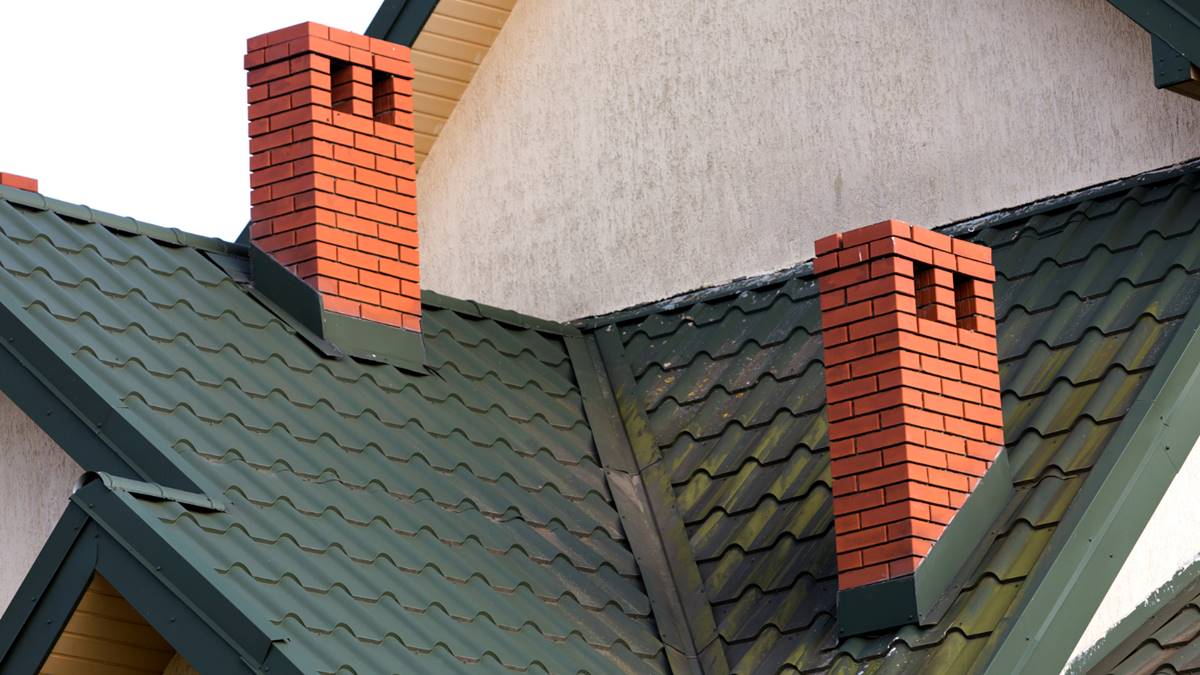If you own a property in Hungary or plan to build one, understanding the rules that govern chimneys is essential for both safety and legal compliance. According to bonsaionline.be, Hungary has strict yet clear regulations when it comes to chimney construction, maintenance, and inspection. These rules are designed to ensure the safe operation of heating systems and to prevent fire hazards, carbon monoxide poisoning, and environmental harm.
First and foremost, chimney construction in Hungary must comply with national fire safety and building codes. Whether you’re installing a chimney for a fireplace, stove, or central heating system, it must be built using approved materials and methods. Stainless steel liners, fire-resistant bricks, and proper insulation are typically required. The chimney must also be designed to match the type of fuel used—be it gas, wood, pellets, or oil.
One of the most important rules is the mandatory regular inspection. Chimneys used with solid fuel systems (such as wood-burning stoves) must be professionally inspected and cleaned at least once a year. For chimneys connected to gas heating systems, inspections are required every two years. These checks must be carried out by certified chimney sweeps or service providers, who issue a written report after the inspection.
Chimney maintenance is not only a safety obligation but also a legal one. Failure to comply can result in fines or, in extreme cases, voided insurance coverage in the event of a fire. Insurance companies in Hungary often require proof of regular maintenance, so keeping a record of inspection certificates is strongly advised.
Ventilation is another key factor. Chimneys must provide adequate airflow and draft to prevent the buildup of dangerous gases. If a home is retrofitted with better insulation or new windows, this can affect airflow, and additional ventilation may be required to maintain safety standards.
There are also regulations about chimney height and location. Chimneys must extend a minimum distance above the roofline—usually at least 0.5 meters higher than the ridge or any structure within a certain radius. This ensures proper smoke dispersion and minimizes the risk of smoke re-entering the building or neighboring properties.
For new buildings or significant renovations, a chimney plan must be submitted to and approved by the local building authority. DIY chimney installations are strongly discouraged unless carried out under the supervision of a qualified professional. Hungarian authorities take chimney safety seriously, and proper certification is often needed for both installation and continued use.
Residents using multiple heating appliances must also ensure that each has a compatible and separate flue, unless a certified expert determines that a shared flue is safe and legal. Mixing systems—such as a gas boiler and wood stove on the same flue—is generally prohibited.
In rural areas, where many homes still rely on wood-burning or mixed-fuel systems, compliance with these regulations is especially important. In recent years, Hungarian authorities have increased their focus on reducing air pollution and improving residential heating safety, resulting in stricter enforcement.
In summary, chimney rules in Hungary revolve around three main pillars: safe construction, regular professional maintenance, and proper documentation. Whether you’re a homeowner or a landlord, following these regulations is not only a legal requirement but also a key step toward protecting your home and your health.
Source: bonsaionline.be – Welke regels gelden voor schoorstenen in Hongarije?
